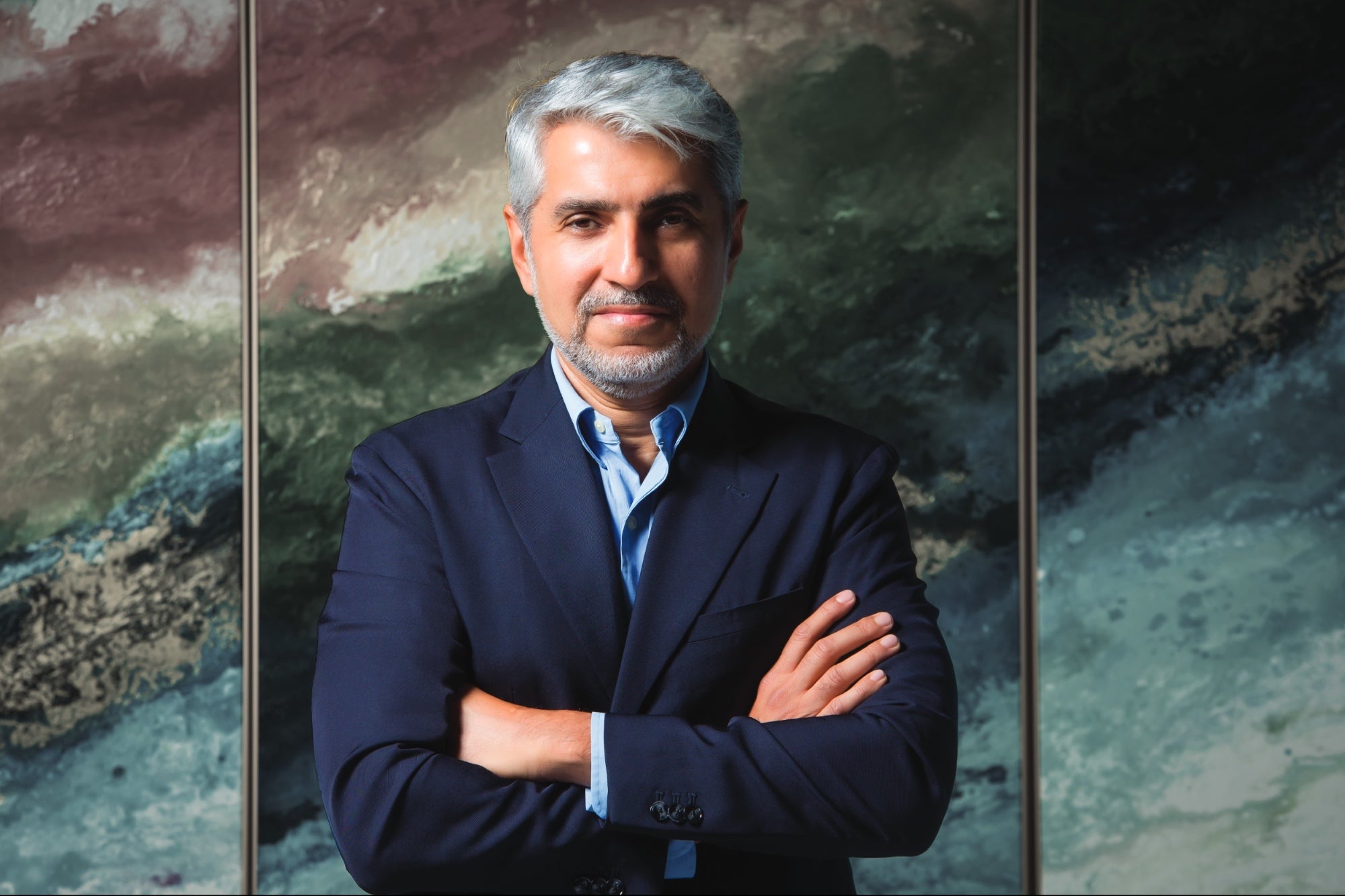From Curiosity to Commitment: Steering the UAE's Electric Vehicle Revolution What's needed now is the translation of international experience into tailored local action. Every stakeholder—from regulators and planners to drivers and educators—must feel ownership of the journey.
Opinions expressed by Entrepreneur contributors are their own.
You're reading Entrepreneur Middle East, an international franchise of Entrepreneur Media.

When I opened an electric vehicle (EV) centers in Rome and bologna, visitors asked whether electric cars could ever feel "real." Today, and in Dubai, the most common question has become how rapidly we can electrify an entire region.
The Middle East electric vehicle market was valued at approximately US$ 2.8 billion in 2024 and is projected to reach US$ 10.9 billion by 2032. This highlights the strong potential and growth trajectory for EVs in the region, driven by factors such as government incentives and increased environmental awareness.
Accross the UAE, it is estimated that by 2030, EVs will have a market share of more than 15% (around 58,000 vehicles) of new passenger car (PC) and light commercial vehicle (LCV) sales, while by 2035, the share will have increased to 25%, or around 110,500 vehicles. The UAE's EV market also witnessed exponential growth in 2024 with a revenue of US$ 2.2, and is expected to continue expanding at a compound annual growth rate of 24.2% between 2022 and 2028.
Given the existing market factors and enablers already present in the country, the EV market in UAE is considered an emergent one where the pace of expansion emphasizes the sector's rapid growth.
Fast forward to the current day, the UAE is no longer flirting with electrification; it is at the helm of scaling it.
Infrastructure and Adoption: Converting Momentum into Mileage
This momentum, however, can only go so far without the backbone of charging infrastructure, policies, gauging the market readiness and dispelling the misconceptions surrounding adoption.For instance, most citizens in UAE believe that charging stations are rare in the UAE. In reality, the country is making significant strides in developing a comprehensive and accessible EV charging infrastructure. In fact, the UAE is investing in charging infrastructure and green transportation initiatives, further supporting the adoption of electric vehicles. Satellite data revealed that by the end of 2023, approximately 950 charging stations with 2,470 charge points were available in the UAE. Plans for growing the number of charging stations to as many as 70,000 charging points might be required in the country by 2030 to meet the evolving EV demand.
Additionally, government-led initiatives in the UAE have played a key role in expanding EV charging infrastructure, encouraging more consumers to consider purchasing an EV as their next vehicle and facilitating EV adoption.Public perception still needs attention. Many drivers in the UAE continue to believe EV batteries need replacement within five years myth that must be addressed. Bridging these knowledge gaps is as essential as expanding the infrastructure itself.
According to the 2023 Global Electric Mobility Readiness Index, the UAE ranks 7th globally, signaling notable readiness across infrastructure, policy, and market development.
Cross-Market Strategy: Lessons from Europe, Tailored for the Gulf
To overcome remaining barriers, lessons from more mature EV markets can be adapted to the regional context. One key takeaway is that retail in this space isn't just about sales it's about education and advocacy. And hardware alone isn't enough interoperability is the real differentiator.
Europe's decade-long evolution offers a blueprint that can be adapted and compressed for the Gulf. A few priorities are critical: mandating a unified plug and roaming protocol, prioritizing charger density in urban centers before highway networks, and electrifying corporate and government fleets to seed a robust resale market.
This level of acceleration doesn't happen organically. It demands coordination. Vehicle manufacturers, energy providers, tech platforms, and regulators must all collaborate. In short, EV adoption is a team sport, and this region is uniquely positioned to lead with the infrastructure, influence, and ambition required.
The Next Five Years
Sustaining momentum requires clarity of purpose. Technology may solve problems at machine speed, but leadership must operate at the speed of policy and consensus.
What's needed now is the translation of international experience into tailored local action. Every stakeholder—from regulators and planners to drivers and educators—must feel ownership of the journey.
The road ahead won't be linear, but it may be faster than most anticipate. With strategic alignment across infrastructure, policy, and public awareness, the UAE has the opportunity to not just keep pace, but to define the future of electric mobility on its own terms.
The next three years are critical. We must partner boldly, invest ahead of demand, and remember: in this era, true leadership is not about who gets there first—it's about who brings the entire ecosystem along.










